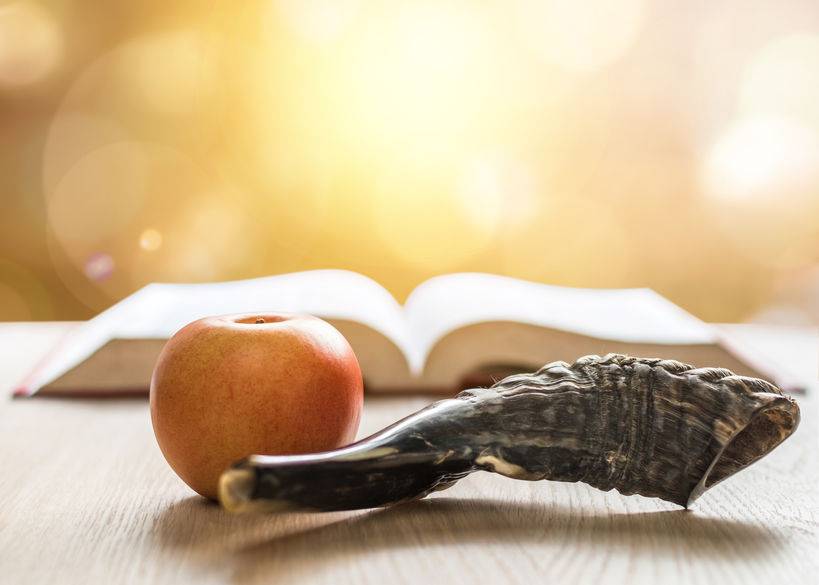The rabbis compare the broken sound of the shofar to a moan, whimper or cry.
They offer several images:
- Sarah when she heard about the akedah (and thought that Isaac had died)
- The mother of Sisera (Israel’s enemy) when Sisera is slain
- Moment of a tear in the fabric of being
- Our broken heart and shame over our transgressions
- Why would the rabbis connect the image of a grieving mother to the shofar and the spiritual work of this season? In your experience, what is the connection (if any) between tears and teshuva?
- Read the texts below. How do they resonate (or not) with you? What do they add to your discussion of tears and teshuva?
Aimee Ginsburg Bikel, American-Israeli writer, journalist, and public speaker
Let your grief course through you Like a great, grand river. Its journey to the sea is long and winding Sometimes, the rapids. You are quite sure you will get lost. Drown. Sometimes, the water flows so slowly, you are sure you will be moored, forever. Carving caverns and cracks in the sandstone | It will change you It will shape you Oh beautiful, brave soul Do not build a dam, Build a raft. Hold on, allow. For this is your sacred journey home A holy gift for the patient, openhearted. |
Brene Brown, sociologist
To love someone fiercely, to believe in something with your whole heart, to celebrate a fleeting moment in time, to fully engage in a life that doesn’t come with guarantees—these are risks that involve vulnerability and often pain. But I’m learning that recognizing and leaning into the discomfort of vulnerability teaches us how to live with joy, gratitude, and grace. |
שיעור תרועה כשלש יבבות. ... ובערוך פי' שהיו עושין כן שפי' בערך ערב דהלין דמחמרי [ועבדי] שלשים כדיתבין ושלשים בלחש ושלשים על הסדר כנגד מאה פעיות דפעיא אימיה דסיסרא ואלין [עשרה] אינון כשגומרין כל התפלה קול תקיעיא דיחידאי מיתבעי למיהוי [עשרה] תשר"ת תש"ת תר"ת והם מאה
The measure of a teru'ah is equal to three wailing calls. ... And in the Arukh it explains that they would do likewise, for in the entry on [the root] ayin-resh-bet it explains that those who are strict and blow thirty [blasts] while seated [i.e. after the reading of the Torah], thirty during the silent prayer, and thirty in the order [i.e. the repetition of the Amidah], [do so] to correspond to the hundred moans that Sisera's mother moaned. The [remaining] ten are when the whole Tefillah is completed, so the sound of the lone teki'ah has to amount to ten: teki'ah shevarim-teru'ah teki'ah, teki'ah shevarim teki'ah, teki'ah teru'ah teki'ah - making a total of a hundred.




